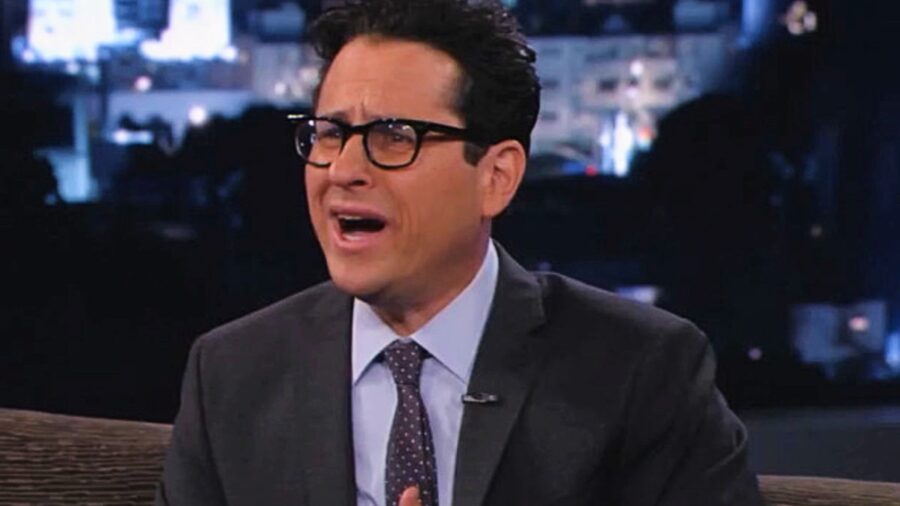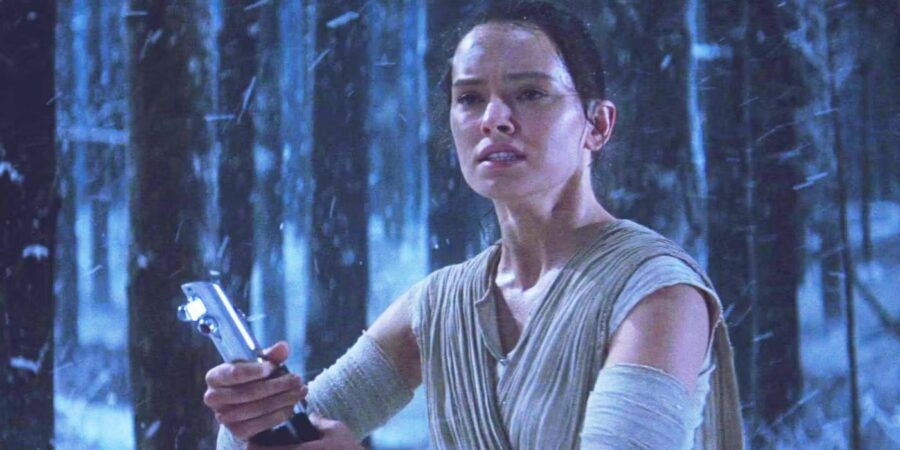An Open Letter To J.J. Abrams: Four Ways To Make Star Wars Great Again

Since 1999, fans had been terribly disappointed with the Star Wars franchise. The prequel trilogy didn’t quite capture the public’s imagination like the original films 22 years earlier.
So when Disney acquired Lucasfilm in October 2012, the announcement of a new trio of films excited fans because George Lucas wouldn’t have anything to do with them. The addition of director J.J. Abrams to the franchise pleased some, and disappointed others.
But still, many were approaching Star Wars: Episode VII with caution so we didn’t get burned again like we did with The Phantom Menace. At the time, there was a video acting as an open letter to J.J. Abrams about the new Star Wars film from Prescott Harvey of the creative agency. Sincerely, Truman.
It’s since been taken down, but the open letter beautifully illustrates what Abrams should do—in example four rules—to make Episode VII a successful entry into the Star Wars Saga. The video debuted on io9.com, and fans could sign an online petition to have it delivered to Disney and Lucasfilm.
The plea makes some great points about why the original trilogy connects so well with audiences around the world.

Rule 1: The Setting Is A Frontier. The original trilogy is basically a Western in space. It borrows elements from the genre, combining them with science fiction and fantasy tropes. Lucas’ films were a hodge-podge of familiar archetypes placed in a harsh and new environment.
Conversely, the prequels removed the Western themes while, at the same time, trying to re-capture the success of the originals. Something went wrong along the way, and the end result looked like Star Wars, but it didn’t feel like Star Wars.
Rule 2: The Future Is Old. The technology in the earlier films is broken down and lived in, while the technology in the prequels is new and shiny. It makes sense that the prequels would be pristine in comparison, as the films take place in the “Golden Age” of the Galactic Republic.
Once the originals kick in, the world is on a decline and in decay. With that in mind, since Episode VII takes place 30 years after the decay, whether civilization return to the Golden Age or a Renaissance, will impact the look and feel of the film.
Rule 3: The Force Is Mysterious. Perhaps the biggest sin George Lucas committed while making the prequels was giving the Force a scientific explanation, a microscopic life-form that lives within all living beings called Midichlorians.
This enraged many fans who felt the Force should be a spiritual tool rather than an actual one, which is why Midichlorians were never mentioned again in Attack of the Clones or Revenge of the Sith. Lucas realized his mistake after the release of The Phantom Menace, but by then, it was too late.
Rule 4: Star Wars Isn’t Cute. Arguably, Star Wars started the cute trend with Return of the Jedi and not The Phantom Menace. Aside from the Ewoks, Return of the Jedi had a lot of silly moments to cater to the kid-friendly crowd, especially after the darkness of The Empire Strikes Back.
Star Wars has always been for kids, so I doubt the new films will only cater to older teenagers and adults. The next trilogy should be for all audiences, not just the mature ones. That said, children’s movies can be dark as well; they don’t have to be bright, goofy, and wacky. Lucas lost sight of that fact.
When looking back at this letter, how did J.J. Abrams do with Star Wars: The Force Awakens? He definitely hit on some of the pieces (The Force, the Galaxy in relative decline) but didn’t do as much with the Western piece of it.












